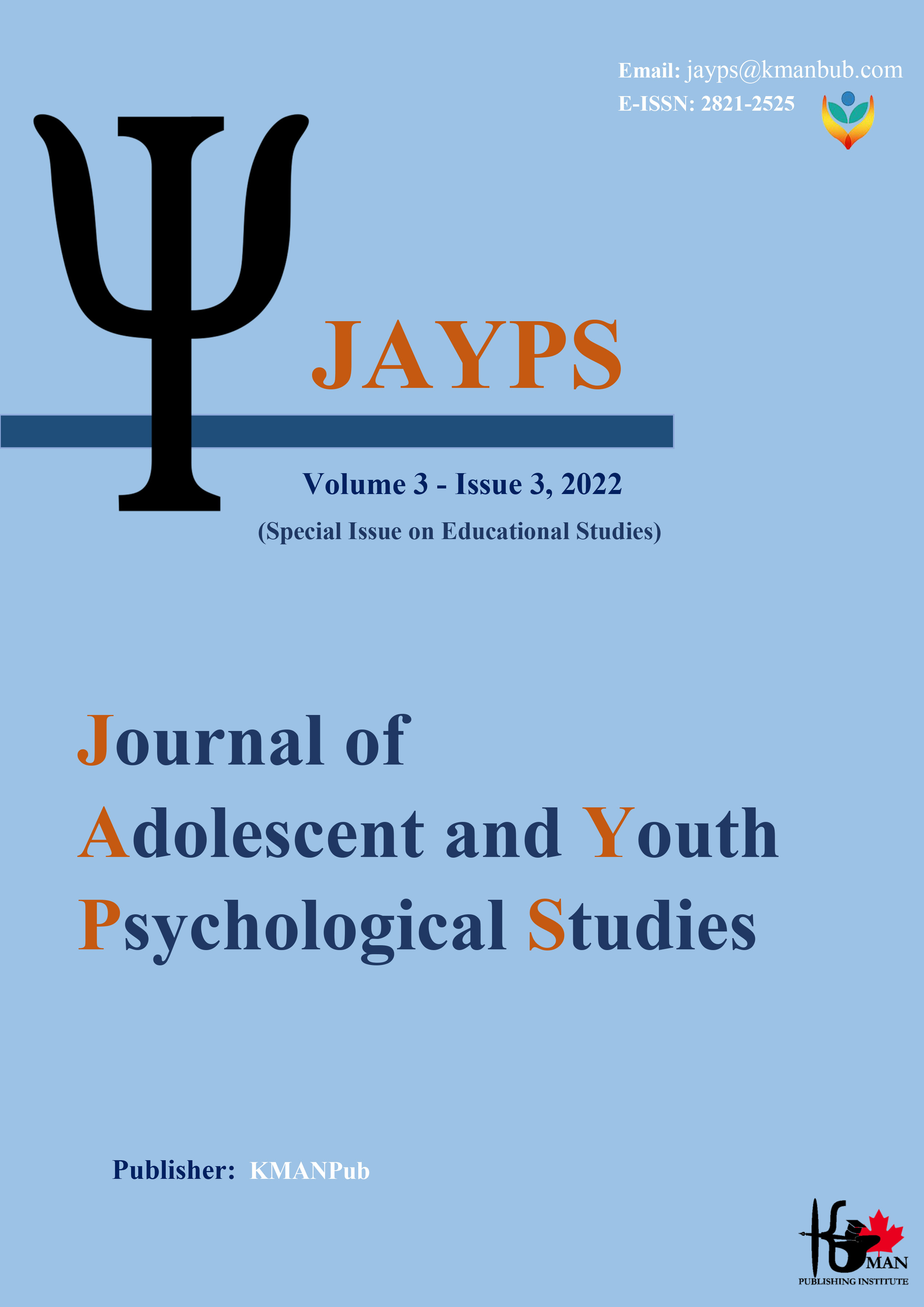Critical future research of Iranian schools with regard to the adolescent and young generation in the horizon of 1420
Keywords:
uture studies of schools, Critical approach, Theme analysis, Young generation and teenagersAbstract
Background and Aim: Critical futurism is one of the futurism approaches that actually questions the future, which helps us to understand it by analyzing, liberating, and deepening the future. The current research aims to examine the future of Iranian schools with a critical approach, challenges the current state of schools with questions about the future of schools, so that we educate the future generation of teenagers and young people with the methods of the past! let's not go ahead Critical futurism may not show us a clear and clear path to the future, but by drawing possible and undesirable futures, it makes us aware of potential risks, so that we can use its central themes in long-term plans. Methods: The present study is of qualitative type "theme analysis". With the help of library studies and determining the areas related to the future of schools by the method of "selecting" semi-structured interviews with former ministers of education, sociologists and influential intellectuals of the society, managers and teachers of schools interested in the future of schools and future researchers. Interested in training. The researcher started the thematic analysis process by implementing the data and engaging with, then categorizing and coding. In the continuation of the work, he has searched for themes and visual presentation of themes. In the next stages, the review of the themes was done with the intention of refining, conceptualizing the themes and finally analyzing, interpreting and drawing conclusions. Results: 8 key factors with the titles of ideological dominance, concern of education for governance, administrative management of education, distrust of families in schools, lack of development of teachers, termination of schools, educational injustice and dominance of virtual space have been identified and the analysis of each factor has been done. Conclusion: The relationship between the themes is very connected and interwoven. Some of these themes have a more influential role and some of them are more influential, which shows the complexity of change.
Downloads
Downloads
Published
Issue
Section
License

This work is licensed under a Creative Commons Attribution-NonCommercial 4.0 International License.









